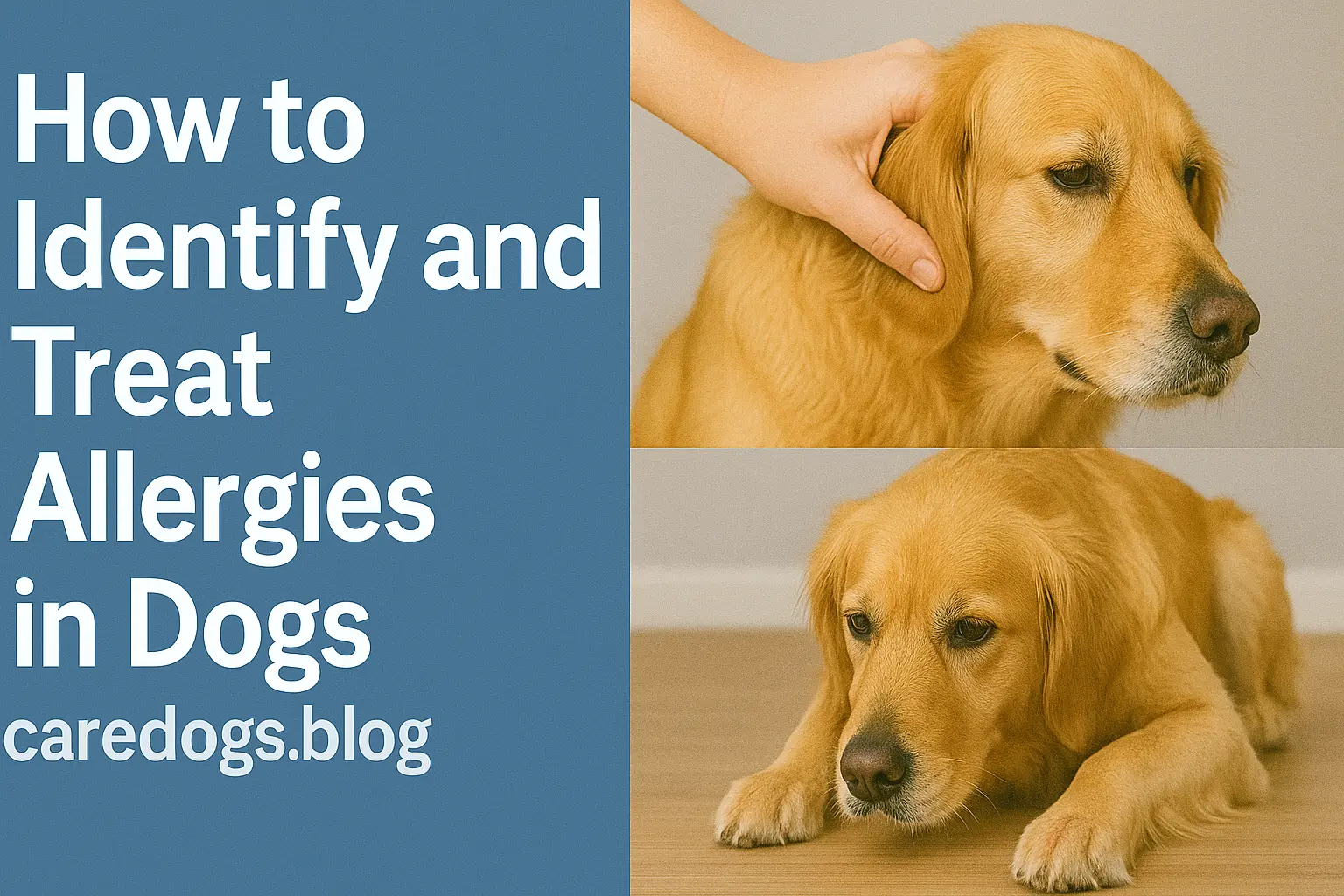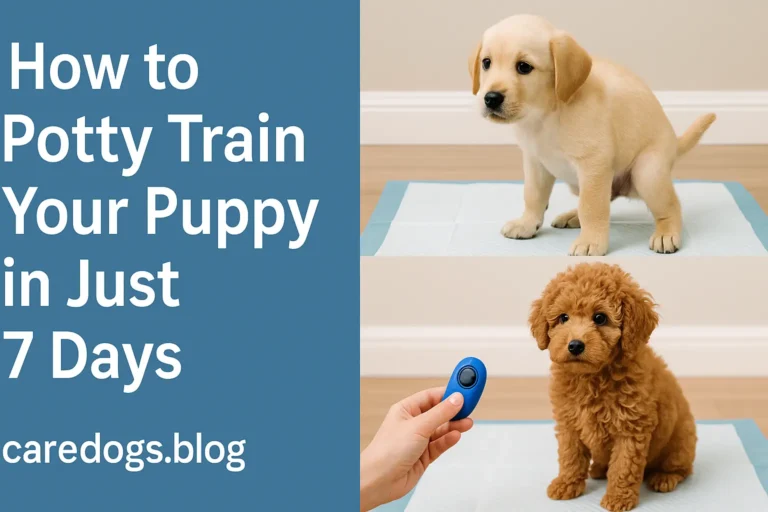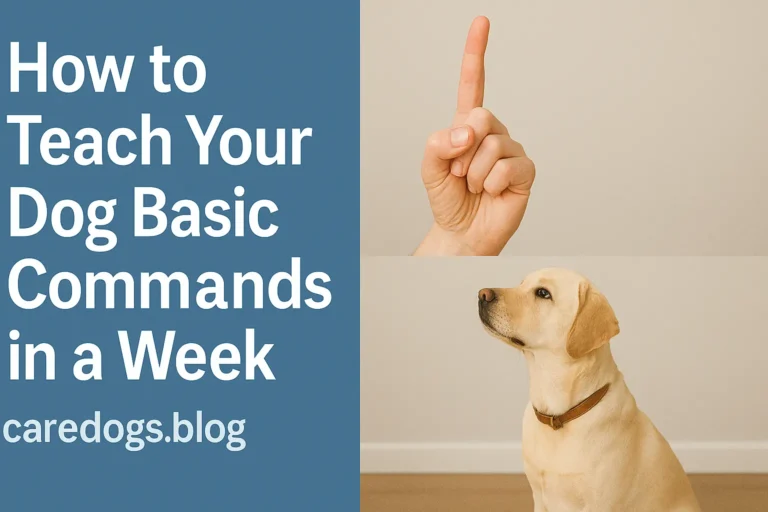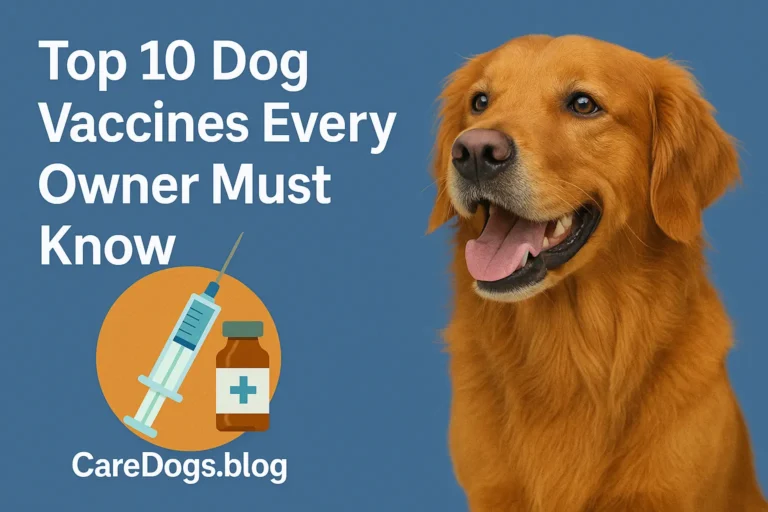How to Identify and Treat Allergies in Dogs
Identify and Treat Allergies in Dogs Allergies aren’t just a human issue—dogs are sensitive to them as well. Anything from long-term scratching to sneezing or stomach issues, allergic reactions can actually become a big pain for your dog’s comfort and health overall. Identify and Treat Allergies in Dogs What makes it hard for many owners is that symptoms of an allergy in dogs are often the same as other fairly normal things so that they are difficult to distinguish.
The good news is that by understanding what to watch for, you can identify the signs of an allergy developing early on, determine the causes of them, and find the best treatments. In this manual, Identify and Treat Allergies in Dogs I’ll walk you through all there is to know about how to diagnose and treat dog allergies so your friend can live a better, happier life.
What Identify and Treat Allergies in Dogs
An allergys is when your dogs immune systems overresponds to somethings that is harmless called an allergens. Not itself harmfuls the bodys reactions causes itchings redness gastrointestinals upsets or other annoyings symptoms.
Some of the most common allergens are:
- Pollen, grass, and mold
- Dust mites
- Specific foods (beef, chicken, dairy, wheat)
- Flea bites
- Household cleaners or air fresheners
Forms of Allergies in Dogs
1. Environmental Allergies
As with humans dogs will occasionallys respond to pollens dusts molds and seasonalitys. These will result in itching skin, sneezing, and watery eyes.
2. Food Allergies
Some dogs become allergic to proteins such as beef, chicken, or milk. Skin itch, chronic ear infections, or digestive symptoms such as diarrhea are common.
3. Flea Allergy Dermatitis
All it takes is one bite from a flea to cause an allergic reaction in sensitive dogs, leading to inflamed and itchy skin on the hind legs and tail.
4. Contact Allergies
Certain shampoos, cleaning products used at home, or clothes are potent enough to cause irritation to the skin of your dog upon contact.
Symptoms and Signs of Allergies in Dogs
Identify and Treat Allergies in Dogs Symptoms must be detected as early as possible so that your dog can undergo treatment. Some of the most frequent symptoms are:
- Excessive licking or scratching
- Red skin and irritation
- Bald spots or hair loss
- Runny eyes or nose
- Recurrent ear infections
- Ongoing gastrointestinal issues (vomiting, diarrhea, bloating)
- Scooting or biting paws and tail
???? Internal Linking Suggestion: Top 10 Large Black Dog Breeds: Characteristics, Grooming, and Care Tips
How to Identify Allergies in Dogs
1. Keep a Symptom Diary
Track when the symptoms are happening. Are they seasonal? Postprandial? Post-playtime outside? This will help to restrict likely offenders.
2. Veterinary Exam
Your vet will go over your dog’s history, signs, and might perform diagnostic testing.
3. Allergy Testing
Blood tests can detect environmental allergens in the environment.
Elimination diets are used to test for food allergies by excluding and adding back suspected allergens slowly.
Effective Treatments for Dog Allergies
1. Flea Control
If the culprits are fleas, prevention is the best treatment. Use flea preventatives year-round and wash bedding regularly.
2. Drugs
- Antihistamines: These decrease itching and inflammation.
- Corticosteroids: For severe cases, but not as a long-term treatment because of the side effects.
- Immunotherapys: Allergys shots can desensitizes a dogs to allergens.
3. Dietarys Therapys
For foods allergies vets prefer to prescribes
- Hypoallergenic diets with novels proteins (like ducks or venisons).
- Limited ingredients diets to eliminates commons allergens.
- Identify and Treat Allergies in Dogs
4. Topical Treatments
- Medicated shampoos to calm itchy skin.
- Oatmeals baths or aloe based sprays for irritations reliefs.
5. Naturals Remedies (with Vets Approvals)
- Omega 3 fatty acids (fish oils) for skin healths.
- Probiotics to enhance the immune system.
- Coconut oil on dry areas for calming relief.
- Identify and Treat Allergies in Dogs
Home Cares Tips to Prevents Allergy Flare Ups
- Daily Groomings: Brush daily to sweeps away allergens from furs.
- Frequents Bathings: Bathe lightly with milds shampoos to removes pollens and dusts.
- Cleans Beddings: Wash weekly in hot water.
- Vacuum Frequently: Prevents dust and dander buildups.
- Air Purifiers: Eliminates airborne allergens in the homes.
???? Suggestions for Internasl Linkings Link this sections to Best Ways to Prevent Hairballs and Shedding in Dogs as coats care overlaps into preventings allergies.
When to Call a Vet Immediately
Identify and Treat Allergies in Dogs Although occasional allergies are harmless, others do occur that call for serious action. Inform your veterinarians if your dogs exhibits:
- Rapids swellings of the face or neck
- Troubles breathings
- Excessive vomitings or diarrheas
- Raws wounds from scratchings
These can be an indications of a serious allergic reactions or other disorder.
FAQs About Identify and Treat Allergies in Dogs
- Do dogs ever outgrow allergies?
Not typically. Most are lifelong, though, but can be controlled effectively. - What foods most frequently cause dog allergy?
The usual suspects are beef, chicken, milk, eggs, and wheat. - Do seasonal allergies happen frequently in dogs?
Yes. The majority of dogs respond to pollen or mold between the spring and fall. - Can allergies be once and for all cured?
No, but treatments such as immunotherapy and diet control can help lessen symptoms significantly. - Is it okay to administer human antihistamines to my dog?
Some are okay, but the dosages are not the same. Check with your veterinarian first always. - Can thay are stress intensifys allergies?
Yes. Stress causes a weakened immune system, which is worse for allergic reactions.
Conclusion
Identify and Treat Allergies in Dogs Having the ability to identify and treat dog allergies is one of the greatest gifts you can offer your pet’s health. Upset tummies or scratching skin aside, allergies are infuriating, but with proper treatment and early identification, they’re very easy to manage. Identify and Treat Allergies in Dogs With your veterinarian’s help, a switch to a healthier diet, good grooming, and reduced exposure to allergens, your dog will live a happier, healthier, and more comfortable life.
Remember: the goal isn’t just treating symptoms, but creating a long-term plan that keeps allergies under control.
Visit: CareDogs






